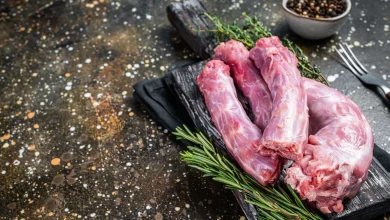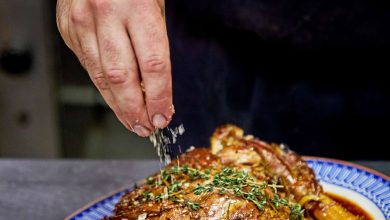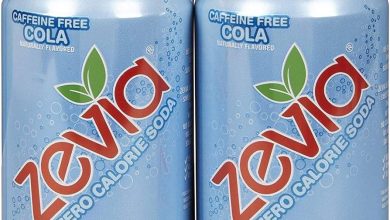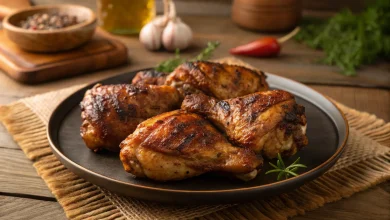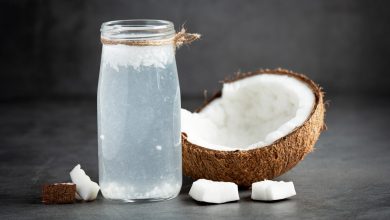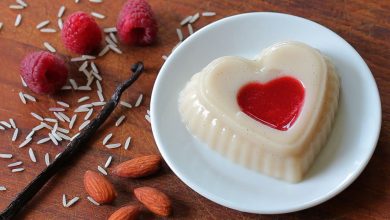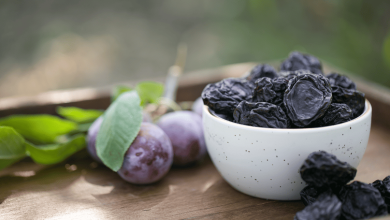Turkey Breast Meat (Raw, RTL Parts)
Turkey breast meat is a lean and nutritious choice that provides a high protein content with minimal fat, making it a staple in a balanced, healthy diet. This specific cut is taken from the raw breast portion of the turkey, offering an excellent base for a variety of recipes, from roasts to stir-fries and sandwiches.
Nutritional Information (Per 100g serving)
| Nutrient | Amount |
|---|---|
| Energy | 114 kcal |
| Protein | 23.34 g |
| Total Fat | 2.33 g |
| Saturated Fat | 0.344 g |
| Carbohydrates | 0.0 g |
| Dietary Fiber | 0.0 g |
| Sugar | 0.0 g |
| Calcium | 9 mg |
| Iron | 0.76 mg |
| Magnesium | 27 mg |
| Phosphorus | 185 mg |
| Potassium | 267 mg |
| Sodium | 74 mg |
| Zinc | 1.16 mg |
| Copper | 0.054 mcg |
| Manganese | 0.006 mg |
| Selenium | 22.1 mcg |
| Vitamin C | 0.0 mg |
| Thiamine (B1) | 0.052 mg |
| Riboflavin (B2) | 0.165 mg |
| Niacin (B3) | 10.295 mg |
| Vitamin B6 | 0.814 mg |
| Folate (B9) | 7.0 mcg |
| Vitamin B12 | 1.35 mcg |
| Vitamin A | 5 mcg |
| Vitamin E | 0.09 mg |
| Vitamin D2 | 0.2 mcg |
Allergen Information
Turkey breast meat is naturally free of common allergens such as gluten, dairy, nuts, and soy. However, depending on preparation methods (such as marinating or seasoning), it could potentially come into contact with allergens. Always verify any additives or condiments if you’re preparing the meat for someone with known allergies.
Dietary Preferences
Turkey breast meat is a fantastic option for a variety of dietary preferences:
- Low-Carb / Keto-Friendly: With zero carbohydrates and minimal fat, this meat is suitable for low-carb and keto diets.
- Paleo: As a natural, unprocessed meat, turkey breast aligns with paleo eating habits.
- High-Protein: At 23.34g of protein per 100g, it is ideal for those seeking to increase protein intake, whether for muscle building, recovery, or overall health.
- Gluten-Free / Dairy-Free: As a naturally gluten and dairy-free food, turkey breast is a great option for those with dietary restrictions.
- Lean Meat Option: With only 2.33g of fat and minimal saturated fat, it is a healthier alternative to fattier meats, especially for those managing cholesterol or seeking to maintain a low-fat diet.
Preparation & Usage Tips
When preparing turkey breast, ensure that it is properly cooked to an internal temperature of at least 165°F (74°C) to eliminate any harmful bacteria and ensure a safe meal. Turkey breast can be baked, grilled, roasted, or even pan-fried. For added flavor, marinate it with herbs and spices or pair it with a low-fat sauce or dressing.
For tender and juicy results, consider slow roasting or using a sous-vide method. You can also prepare turkey breast meat as part of sandwiches, salads, or wraps, making it a versatile ingredient in both hot and cold dishes. Since it’s naturally lean, pairing it with healthy fats, such as avocado or olive oil, can add richness to your meals without sacrificing health benefits.
Conclusion
Turkey breast meat (raw, RTL parts) is a nutritious and versatile choice for anyone looking to add a high-protein, low-fat meat to their diet. Whether you’re making a hearty roast or a light sandwich, turkey breast is packed with essential vitamins and minerals, including significant amounts of niacin (Vitamin B3), Vitamin B6, selenium, and phosphorus, which all support metabolism, immune function, and overall well-being. This cut is an excellent option for those seeking a healthy, lean protein that works across a variety of culinary applications.



